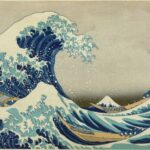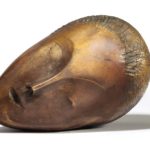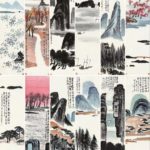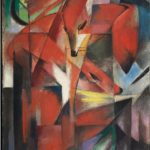NEW YORK, NY.- There is no Tibetan equivalent for the word “art” as it is known in the West. The closest approximation is lha dri pa, literally, “to draw a deity.” Traditionally, neither the Tibetan language nor the Tibetan cultural framework has recognized art for art’s sake, and an artist’s efficacy rests in his ability to precisely replicate an established visual language and portray the essence of a particular deity. This puts contemporary Tibetan artists in a precarious position. While their work is informed by Tibetan artistic traditions, the majority of these artists do not live in Tibet, and some never have. The contemporary Tibetan artist’s challenge, then, is two-fold: as he forges a name for himself in the competitive art world, he must also try to find his own place within Tibet’s rich and formalized artistic legacy. What does it mean to be a Tibetan artist who does not follow Tibetan artistic prescriptions? Tradition
First Exhibition of Contemporary Tibetan Art in a New York City Museum
Back To Top







